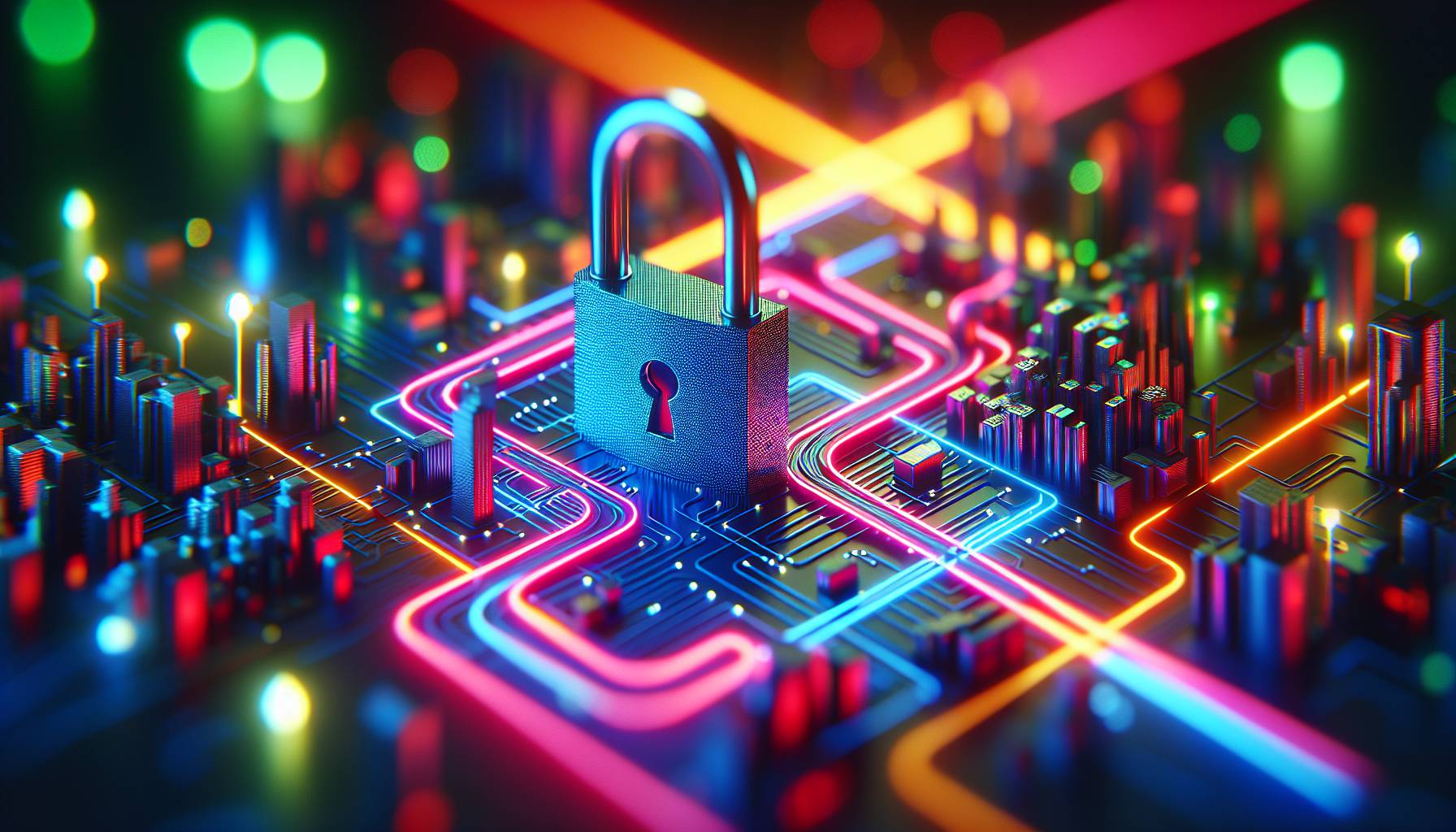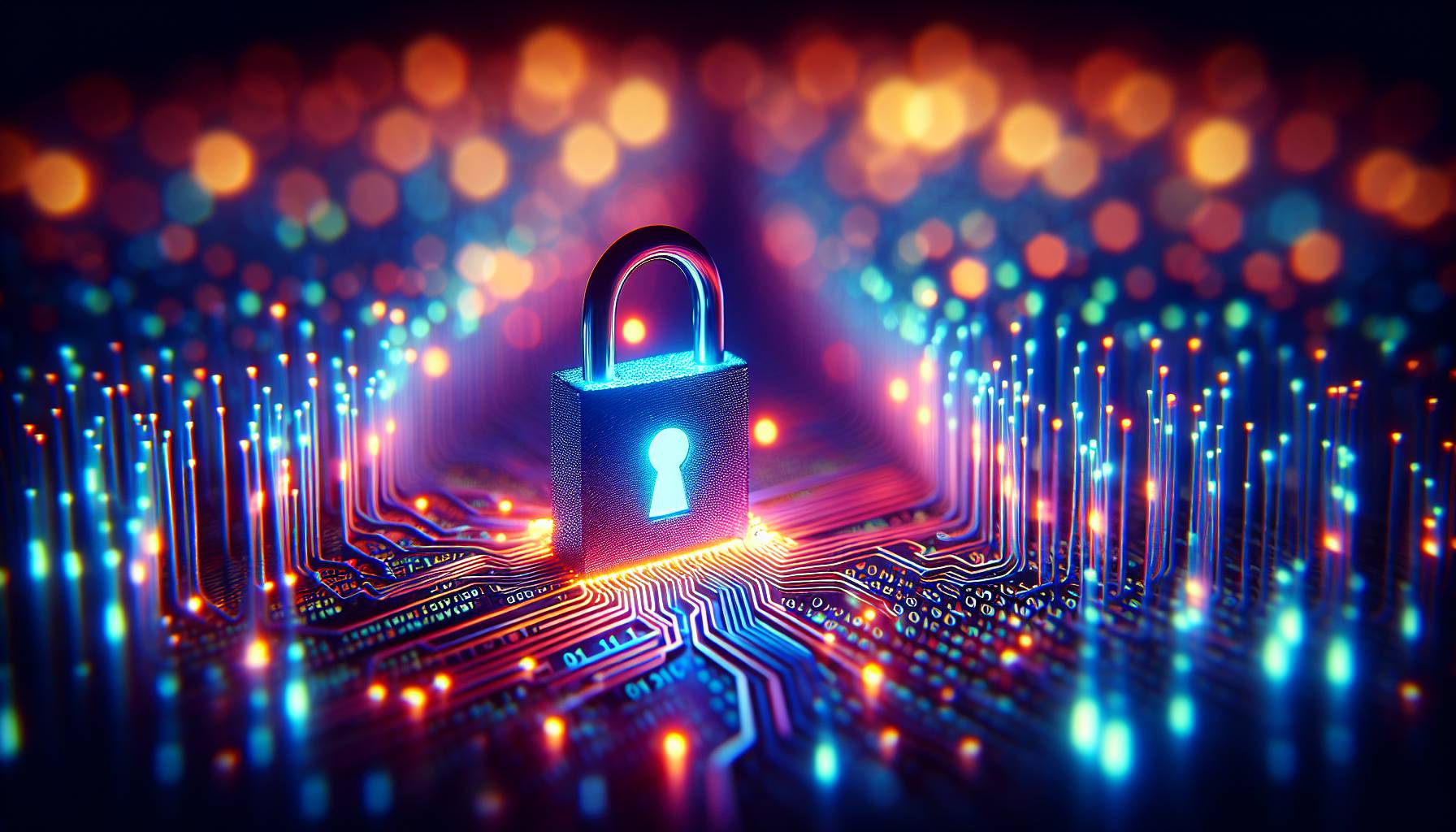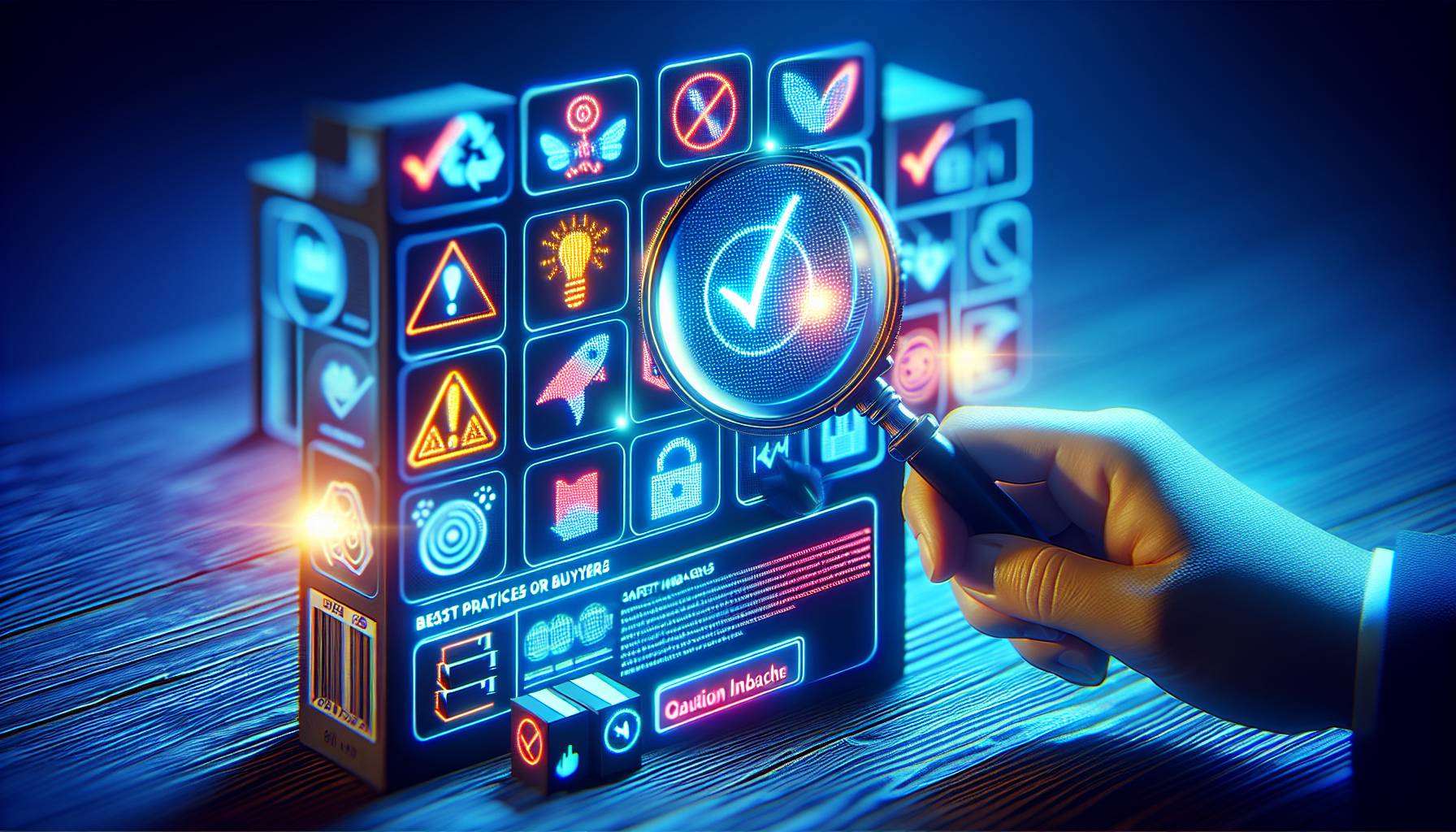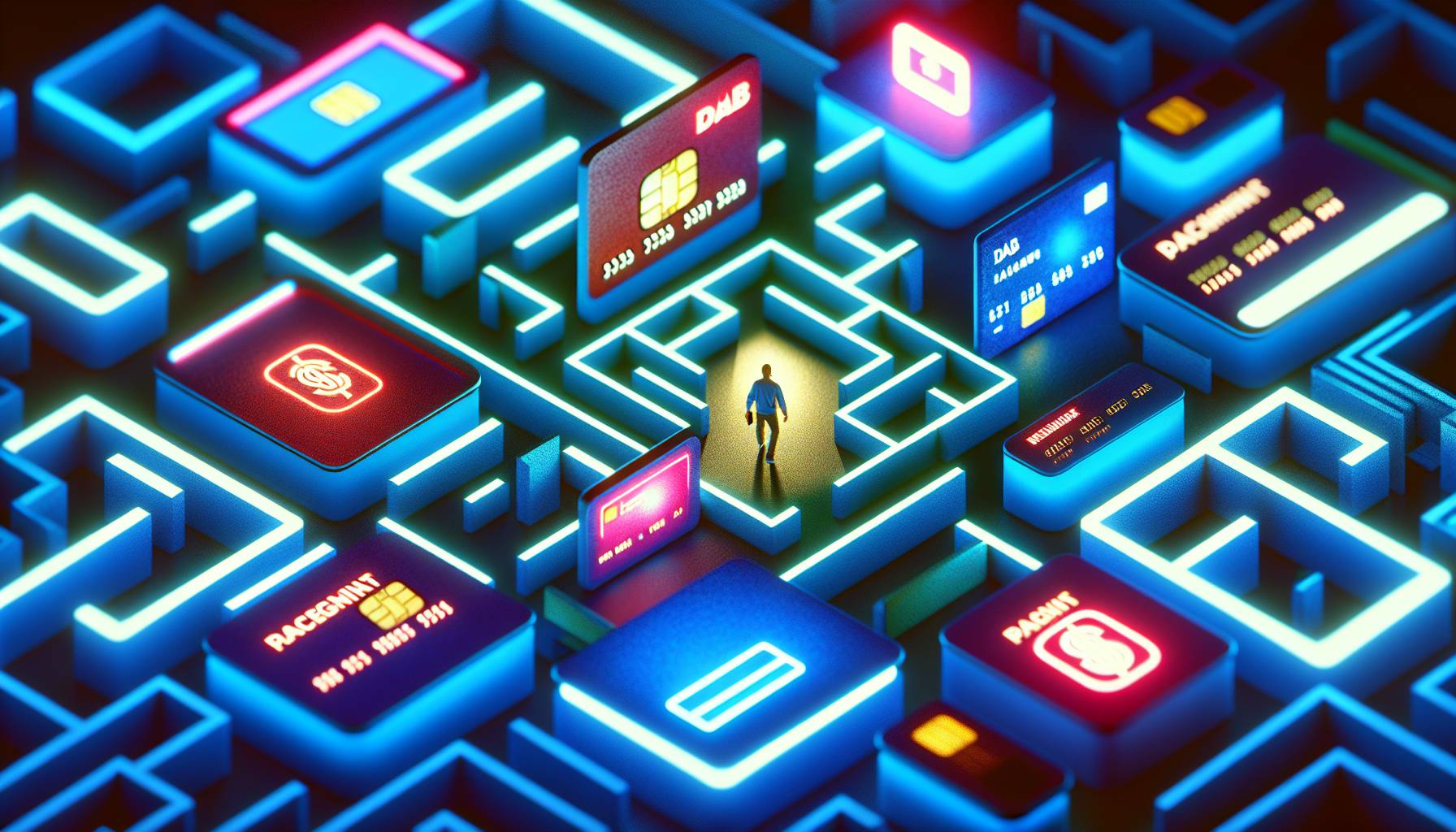Understanding the Importance of Secure Payments

I think people often overestimate how secure online payments actually are. There’s this sort of widespread assumption that it’s all been sorted now and every payment gateway or digital wallet is locked down tight. Maybe it’s the slick marketing from the bigger payment platforms or maybe it’s the comfort of 2FA and OTPs, but the reality can be a lot more complex than what’s being sold. I suppose it doesn’t help that digital payment options have exploded so quickly over the last decade, there hasn’t really been a moment to stop and evaluate if each of these is possibly actually safe.
The truth is that when we talk about secure payments, we’re talking about a whole system. It can be easy to forget that there are dozens of moving parts involved in processing any single payment online - information flows through systems, sometimes across countries, with different data protection laws and everything. While encryption and security protocols have improved by leaps and bounds, there are likely still vulnerabilities you need to be aware of. For instance, phishing attacks have become increasingly sophisticated.
Payment gateways can be compromised. And mobile wallets are still susceptible to malware if you don’t have good device security in place. It can slightly feel like an impossible ask at times - keeping yourself secure from fraud or identity theft while also enjoying all the convenience of digital payments.
And yet the solution isn’t simple at all. It might take some effort on your part, but it’s worth staying up-to-date on security features like 3D Secure or tokenisation that are available today. Always look for evidence that a payment platform is PCI DSS compliant and try to stick to trusted brands when making purchases online. Unfortunately, despite all this rigour and vigilance, you could still end up a victim of fraud or unauthorised transactions.
This is a bit where buyer protection comes in handy. Most platforms these days allow you to raise a dispute with your bank fairly easily but not everyone knows what their rights are or what steps they should take if things go wrong. Understanding how these processes work and staying alert could save you a lot of time, money, and trouble if you ever do get caught out by someone with bad intentions online.
Key Security Measures for Online Transactions

One major thing that people tend to overlook about online payments is assuming their payment channels are always safe. Most online platforms do have multiple protocols in place to safeguard your money from hackers, which give you a false sense of security. I Reckon the reality is, anything that’s connected to the internet is potentially hackable. While most hackers don’t specifically set out to take your money away from your account, there are ways for them to obtain your banking details without you even realising.
As transaction channels become even more sophisticated and new ones mushroom all over the place, it’s getting harder to know what’s safe and what’s not. At the risk of sounding paranoid, you still need to keep an eye out for new kinds of payment channels that are emerging every week. What appears to be something new and innovative could potentially be a means for a scammer to get into your internet banking system. The reality is that it’s up to us as users to ensure our own payments are safe.
By making sure we use secure website URLs or having PINs and passcodes on our cards and accounts can help prevent someone from breaking into your bank account. While there are a number of security measures on online payment platforms, being able to sniff out phishing links can really help keep your money where it belongs. Now more than ever, privacy has taken on a whole new meaning with data breaches becoming frequent affairs thanks to changes in technology and how everyone seems to be putting their entire lives on the internet these days. Hackers have also become more intelligent and tougher as it becomes easier for unsuspecting customers paying digitally at stores or transferring funds when they shop online.
This makes it even more important for us all - buyers and sellers - to learn about the right kind of security measures for online transactions, keeping ourselves safe from cybercriminals who have absolutely nothing better to do than try snooping around in our accounts.
The Role of Encryption in Payment Security

A fair number of people treat online payments a bit like sealing a letter, licking the envelope and hoping for the best. Out of sight, out of mind - their payment must be secure since they put in their card details with a reputable retailer and received an OTP from the bank. And yet, most data hacks happen to firms much larger than you and I could imagine, with cybercriminals stealing and selling vast datasets.
So, privacy is definitely not as simple as we assume. Encryption in payments works by securing our card numbers, CVVs, and passwords with codes that are only visible to banks and payment processors. More or less. That way, even if hackers get their hands on that information, they cannot use it to process transactions or authorise payments.
As people who run online stores, this can be intimidating because we never see what’s happening - it’s invisible and impossible to access without years of training. There’s also the responsibility we feel for protecting our customers’ personal data - people trust us with so much of their lives in every transaction. Many new and smaller retailers worry about being unable to protect sensitive data the way larger firms can but frankly, most businesses don’t have to.
Payment partners like Stripe and PayPal automatically encrypt all payment information as a part of their compliance protocols. It’s only those who directly store personal data that have to worry about data protection at a more technical level. Sort of.
Of course, there are always sneaky hackers who somehow find innovative ways to circumvent these systems - it happens every now and then. The best any business owner can do is partner with regulated payment partners who are required by law to keep consumers safe. So you don’t have to stress about the backend - all you need is high security in the front end (strong passwords, multiple-level authentication) which you can handle easily anyway.
Best Practices for Buyers to Ensure Safety

Most people think safety means security. I Suspect i suppose they do. More or less. I mean, safety’s in the word, isn’t it.
But what about the feeling. There’s comfort and then there’s security - but you can have comfort without safety, or security without comfort. And that’s where the difference is. The way I see it, knowing the best practices for buyers to ensure safety is more than just feeling secure - it’s about having that assurance.
I’ve been a buyer myself and have walked into a store assuming that an item had a certain price. Turns out the price I assumed was wrong, and the price tag was way different from what I was expecting. That’s when I learned about transparency.
More or less. It’s one of those things that we feel, rather than are told about. Sort of.
When you’re buying something and feel like you can’t ask questions, clarify terms or even understand how to use your product, then that might not be the safest place to shop. At least that’s been my experience.
That said, clarity, transparency and open communication are all up there with knowing where your money is going. As a buyer, you want to know where your payment is being processed and if it’s being handled by secure payment partners who also offer support to resolve disputes and concerns. But here’s where it gets confusing - sometimes things just aren’t clear enough or they might seem ambiguous because maybe we don’t know enough about it ourselves. And that’s okay.
That doesn’t mean you’re compromising your safety. Because knowing when things are unclear is part of feeling safe as a buyer too - but knowing what to ask is equally important as well.
Recognizing and Avoiding Common Payment Scams

Scams - especially the payment-related kind - have become so prevalent that most people believe they’re immune to them. When in reality, anyone can become a victim of a scammer unless they’re aware of the different ways one can be scammed and how to avoid falling for it. Interestingly, these scams are no longer just email phishing attempts, scammers have gotten much smarter and more convincing - which is rather concerning.
They’re everywhere, not just online, even offline in stores with fake payment screens or thefts. All of that makes it so much harder for most people to feel secure about making any kind of payments. That uncertainty is something I’ve definitely felt while at a store before, so it’s easy to imagine someone new to online shopping would feel the same way.
But things like double-checking invoices, thoroughly researching merchants, flagging attempted scams right away, and being proactive about security are excellent ways to prevent falling prey to a payment scam of any kind. Most scams used to be pretty easy to spot until recently, but these days some scammers have worked on more sophisticated strategies that actually trick you into thinking you’re making a legitimate payment - until you find out otherwise. It seems like the best way to make sure you’re not getting scammed is by opting for credit or debit cards because banks usually offer full security checks on each transaction, including fraud prevention protocols that look out for suspicious activity.
It’s also important to get familiar with some common scams such as phishing attempts where scammers get you to reveal your passwords or other sensitive information via official-looking emails and websites or “overpayment” scams where malicious actors send you more money than required and ask for the “extra” money back via wire transfer only for the original payment method to bounce after you’ve already transferred them the extra amount. Double-checking communication from what appears to be trusted sources, never sharing your password with anyone under any circumstances (not even with legitimate customer care professionals), keeping all your devices updated with the latest security updates and anti-virus software patches, reporting suspicious individuals for fraud promptly, and regularly going through your payment records should keep your hard-earned money safe from bad actors. Sort of.
Future Trends in Payment Security Technologies

Plenty of business owners are hyper-focused on finding the latest payment security solution, assuming there’s one magic bullet that’ll keep their systems safe. The reality is that technology is evolving at such breakneck speed that it’s hard to get an accurate read on what works and what doesn’t. The tools you use today might be completely outdated tomorrow, so putting all your eggs in one basket is definitely a recipe for disaster.
The thing about online payments is that they’re always going to be vulnerable. Hackers have been getting more and more creative over the years, so it’s not as simple as making a blanket statement on what to do or how to protect yourself. Your options for today might look something like mobile wallets, biometrics, AI and ML, blockchain, or embedded payments - and truthfully, some or all of them could work together to offer a comprehensive security net over your information. At this point in time, it seems like you can’t go wrong with layers of encryption protecting sensitive data from being leaked out into the world wide web.
But who really knows what the future holds when it comes to payment security. There are far too many permutations to think about. The way I see it, biometric verification is now part and parcel of most transactions - especially when operating with mobile devices. More or less.
It looks like face scans and fingerprint recognition are rarely here to stay for a little longer. Sort of. Still, the best defence against fraud is using your common sense as far as possible.
Using strong passwords and limiting access among staff while monitoring suspicious activity are still the simplest ways to avoid major problems down the line.


